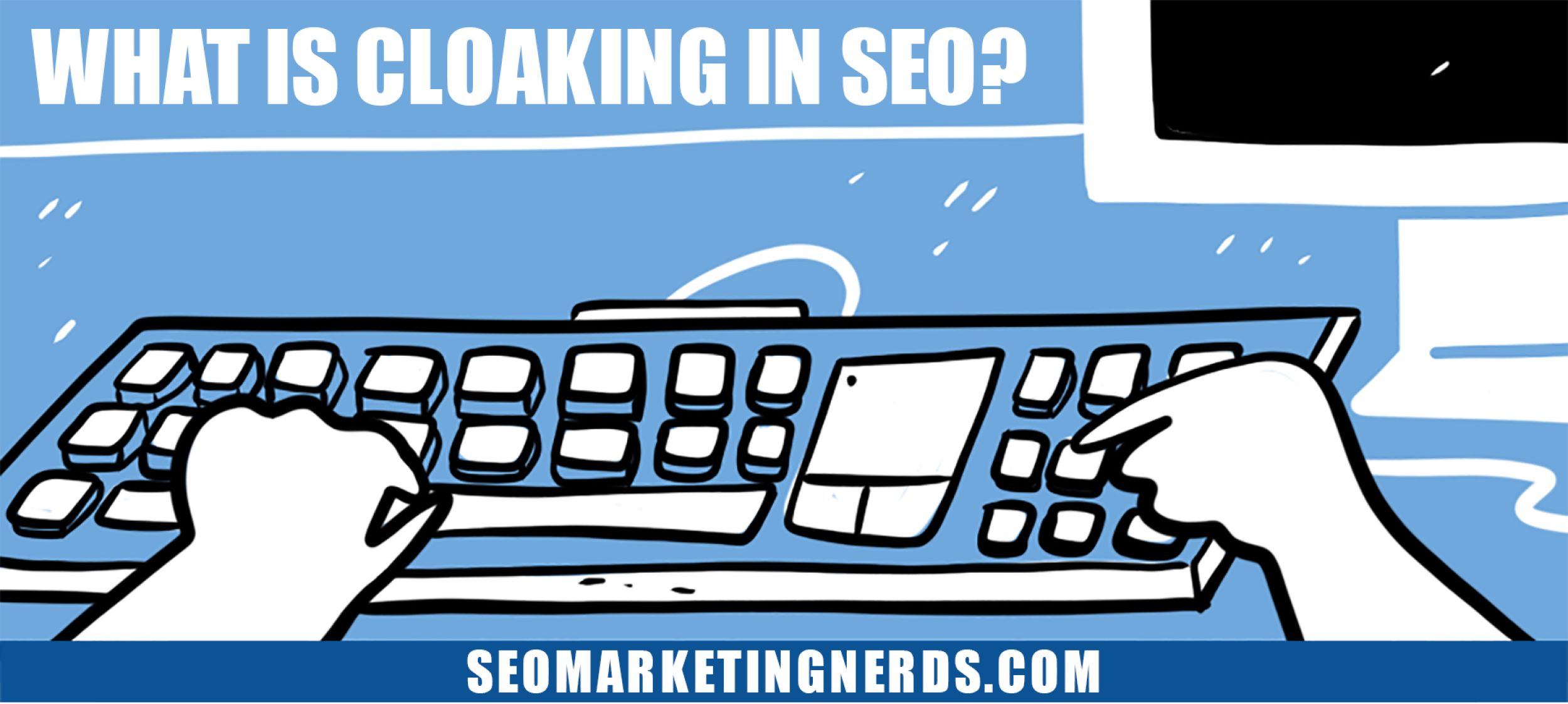What is cloaking in SEO?
Table of Contents
ToggleCloaking is a controversial SEO practice where website owners attempt to deceive search engines by showing different content to users than what they show to search engine bots. On the one hand, it may sound like an effective way to get your website to rank higher and gain more visibility in the search engine results pages (SERPs). On the other hand, it’s widely considered unethical and can be detrimental to your overall SEO efforts. In this blog post, we’ll explore what cloaking is and understand why you should avoid doing it. We’ll also discuss other measures you can take to help ensure that your SEO efforts are successful and ethical.
The Different Types of Cloaking.
When it comes to cloaking in SEO, there are two different types: white hat and black hat. White hat cloaking is when you use it to improve your search engine rankings by providing relevant and targeted content to users. Black hat cloaking is when you use it to deceive users by providing them with irrelevant or misleading content.
Pros and Cons of Cloaking.
Cloaking is a search engine optimization (SEO) technique in which the content presented to the search engine spider differs from the content presented to the user’s browser.
Cloaking is done for a variety of reasons, including:
- To show different page versions to users based on their User-Agent (the browser type), IP address, or other factors.
- To deliver content in a format optimized for search engines but not for users. For example, an HTML page with keywords that achieve a high search engine ranking might be replaced with a more user-friendly page when a user visits the site.
- To trick search engines into indexing certain pages on a website that the webmaster does not want to be indexed.
There are pros and cons to using cloaking as part of your SEO strategy.
PROS:
- Cloaking can be an effective way to show different versions of a page to users based on their needs.
- Cloaking can deliver content in a format optimized for search engines while still providing a good experience for users.
- Cloaking can be used to prevent certain pages from being indexed by search engines.
CONS:
- Cloaking can be detected and penalized by search engines if they deem it manipulative or deceptive.
- If not done correctly, cloaking can result in a poor experience for the user, which can lead to a decrease in website traffic and conversions.
- Cloaking can be difficult to implement, maintain, and monitor.
What are the risks of cloaking?
When employed correctly, cloaking can be an effective way to improve your website’s SEO. However, you should be aware of some risks associated with cloaking.
One of the biggest risks of cloaking is that it can get your website penalized by Google. If Google suspects that you are artificially using cloaking to boost your rankings, they may take action against your site. This could include reducing your PageRank or removing your site entirely from their search results.
Another risk of cloaking is that it can make your website look spammy to users. If your cloaked content is not relevant to what users are searching for, they may click away from your site quickly, which could hurt your bounce rate and cause you to lose traffic.
Finally, cloaking can be a bit of a black hat SEO tactic, and if you’re not careful, you could get caught and end up doing more harm than good to your website’s SEO. If you’re considering employing cloaking on your site, ensure you understand the risks involved before proceeding.
How to cloak your website?
Cloaking your website means hiding your true identity from search engines. It’s a way to manipulate what the search engines see when they index your site.
There are a few different ways to cloak your website. The most common is to use a proxy server. This is where you set up a server between your website and the search engine. When the search engine indexes your site, it sees the proxy server instead of your site.
Another way to cloak your website is to use a redirect. This is where you set up a script that sends the search engine to a different page than the one it was trying to index. For example, if the search engine tries to index http://example.com/page1.html, you could redirect it to http://example.com/page2.html instead.
Cloaking can be used for both good and bad purposes. It can be used to improve your website’s ranking in the search engines, or it can be used to spam the search engines by showing them different content than what visitors to your site see. Because of this, cloaking is often considered a black hat SEO technique and should be used with caution.
Alternatives to cloaking.
There are several ways to achieve the same goal as cloaking without using it. One way is to create separate pages or websites for users and search engines but ensure that both versions’ content is the same. This can be time-consuming, so another alternative is to use JavaScript to detect the user-agent of the visitor and serve them different content accordingly. Finally, you could try using 301 redirects to send users to the appropriate page for their device or browser.
Latest Posts
© SEO Marketing Nerds. All rights reserved.



